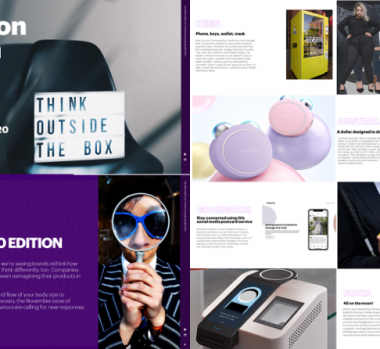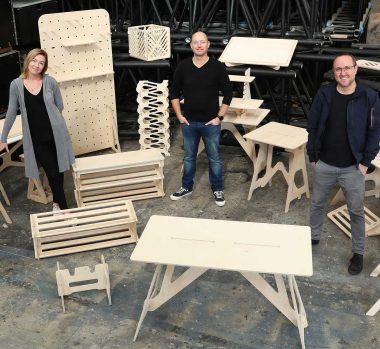The six questions Ambidextrous Leaders need to ask themselves
As many leadership teams are being forced to admit that their existing business model might be running out of steam, the ?What If! questions are routinely being asked both of and by big businesses. In many cases what is actually happening is an attempt to build a new business.
A crucial part of our work in this space will be in what we call ‘discovery mode’, where the client and ?What If! team are jointly exploring. Progress in this work looks like learning, and over-writing assumptions with real-world data and market proxies. The outcome is a deeper understanding of customers and a sharper proposition, that is landing well in the market with a clear path to value – underpinned by a coherent business model.
This work is in total contrast to delivery work, which is familiar and has a clear method or process to follow. Delivery teams will need to use the findings from the discovery work to answer questions like: what does this new offer do for our business and how does our role in customers lives evolve? Is the market opportunity big enough? Ultimately, are we willing to invest and for how long?
‘Discovery’ work therefore requires the business to show-up differently around it and this is where ambidextrous leadership needs to kick in.
Leaders must be balanced and able to operate effectively in both modes and styles.
They must be hyper-aware, knowing what mode their teams are innovating in and for which part of the business, be it core or breakthrough. At the same time, the leaders need to be comfortable taking charge and driving positive change, whilst stepping back and allowing others take the reins when required.
Ambidextrous leaders should ask themselves the following structural questions:
A physical and mental space for breakthrough thinking:
We covered Google’s idea of ‘Psychological Safety’ in the first blog but it is equally important here. Leaders must ask themselves: are we creating a ‘safe place’ to answer this new set of questions? Powered by a new mindset and methodology to chase down value.
A fluid approach to casting multi-disciplinary teams:
Does my organisation have a networked approach to talent, and can we spin up diverse scouting teams quickly without too much disruption to the core business?
Creating momentum to side-step well-intentioned blockers:
Do I use my influence to help the breakthrough innovation teams go faster? Joining them up with the right functional support at the right time, framed with a clear vision, current context and an exploration mindset.
Metrics that matter:
Are we focused on the right customer and commercial outcomes? With emphasis on learning, de-risking new thinking and over-writing assumptions with real-world data and customer behaviour. This is not about stage gates, PowerPoint updates and reporting vanity metrics.
Ask the right questions at the right time.
Where is the uncertainty or risk in this new thinking? How might we get the in-market learning as quickly as possible? Are we clear what is assumption / hypothesis versus customer or commercial fact?
How many customers do you have?
For teams in discovery mode, the answer is likely to be counted on two hands which can hit core business folks, who tend to be in deliver mode, like some sort of epiphany. It is easy to assume that all work is big and scaled, but the question about customers bursts this orthodoxy.
In summary, ambidextrous leaders know that mindset and language really matters. Hope alone won’t get you there – it’s all about purposeful and deliberately different growth structures, accessing the talent that sits in the building and valuing speed of learning above all else.
Next time, we will build on this to look at how leadership can use these customer shifts, rather than technology, to breadcrumb to the future.
Get in touch


